The post A New Adobe Lightroom Update Just Deleted Customers’ Photos and Presets appeared first on Digital Photography School. It was authored by Jaymes Dempsey.

Last week, Adobe released Lightroom 5.4.0, a routine update meant for the iPad and iPhone Lightroom app.
But it soon became clear that the update was far more than users bargained for when customers who installed Lightroom 5.4.0 found that their photos and presets had disappeared.
Lightroom users immediately reported their situation on forums, explaining the data loss and asking Adobe for help.
One user wrote, “After the automatic update to Lightroom mobile 5.4…my whole library is lost.” Another wrote, “I can’t believe I lost 2+ years of edits due to the Lightroom mobile update.”
Note that presets were also affected; a Redditor explained how, upon launching Lightroom, “Not only were most of my photos gone, but also hundreds of my presets, some of which I worked on for the past couple of years.”
Adobe soon issued Lightroom 5.4.1, as well as an official response:
“Some customers who updated to Lightroom 5.4.0 on iPhone and iPad may be missing photos and/or presets. This affected customers using Lightroom mobile without a subscription to the Adobe cloud. It also affected Lightroom cloud customers with photos and presets that had not yet synced to the Adobe cloud.
A new version of Lightroom mobile (5.4.1) for iOS and iPadOS has now been released that prevents this issue from affecting additional customers.
Installing version 5.4.1 will not restore missing photos or presets for customers affected by the problem introduced in 5.4.0.
We know that some customers have photos and presets that are not recoverable. We know how frustrating and upsetting this will be to people affected and we sincerely apologize.
Some customers affected by this issue might be able to use iPhone and iPad backups to recover photos and presets.“
Many users were understandably upset upon learning that their photos and presets were unrecoverable. It seems that much of the data is gone forever, though a few users did manage to regain some or all of their missing data via device backups.
While it’s deeply frustrating that Adobe would make such a mistake, this error hammers home the importance of having multiple backups of your photos at all times. I recommend having at least three, including at least one physical backup (e.g., an external hard drive), as well as a cloud-based backup. And, once you have the backups, you must update them regularly; it’s the only way to ensure that your precious images stay safe!
Now over to you:
Were any of you affected by this Lightroom update? If so, were you able to recover your images? And for those who weren’t affected, do you plan to change your image backup practices? Share your thoughts in the comments!
The post A New Adobe Lightroom Update Just Deleted Customers’ Photos and Presets appeared first on Digital Photography School. It was authored by Jaymes Dempsey.









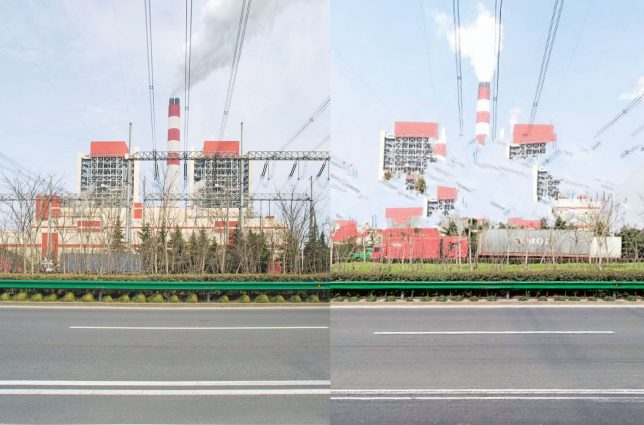
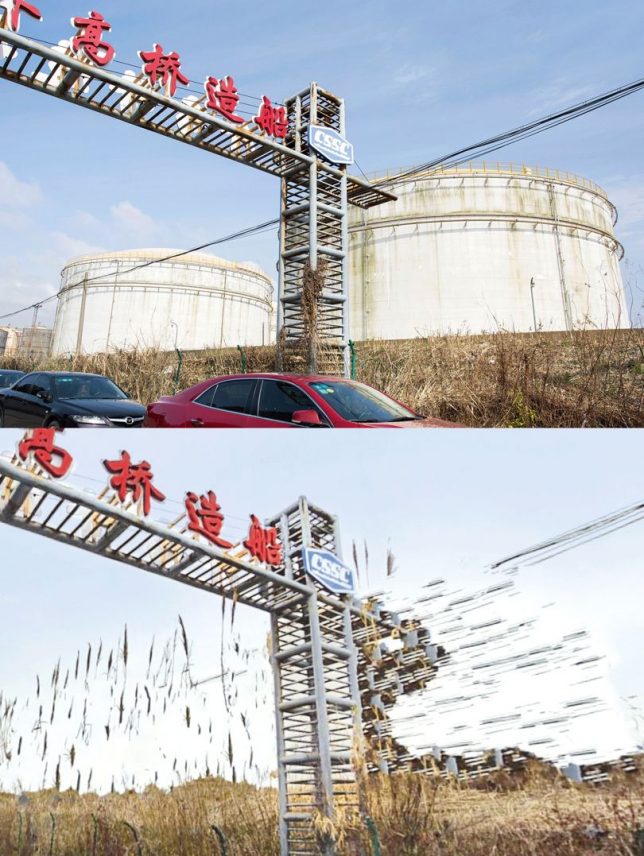

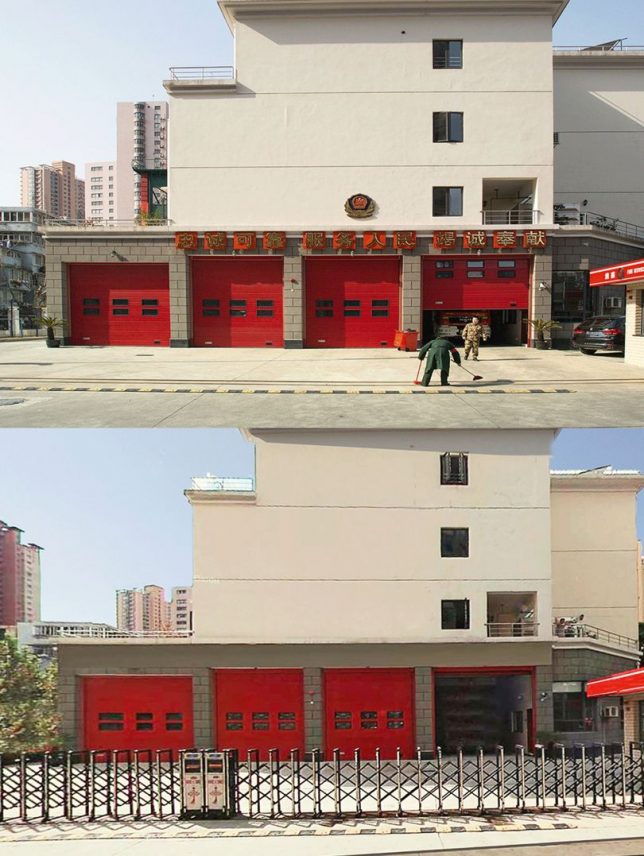
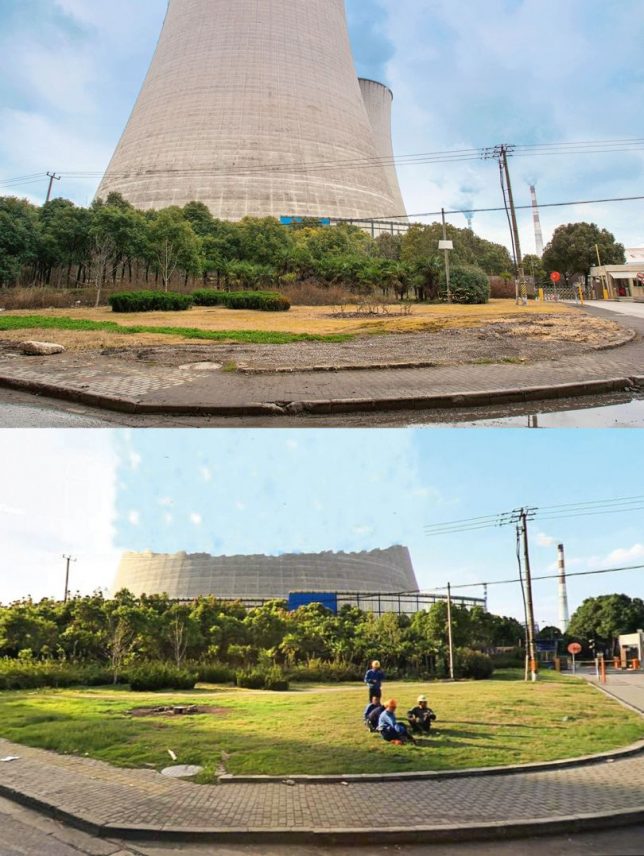
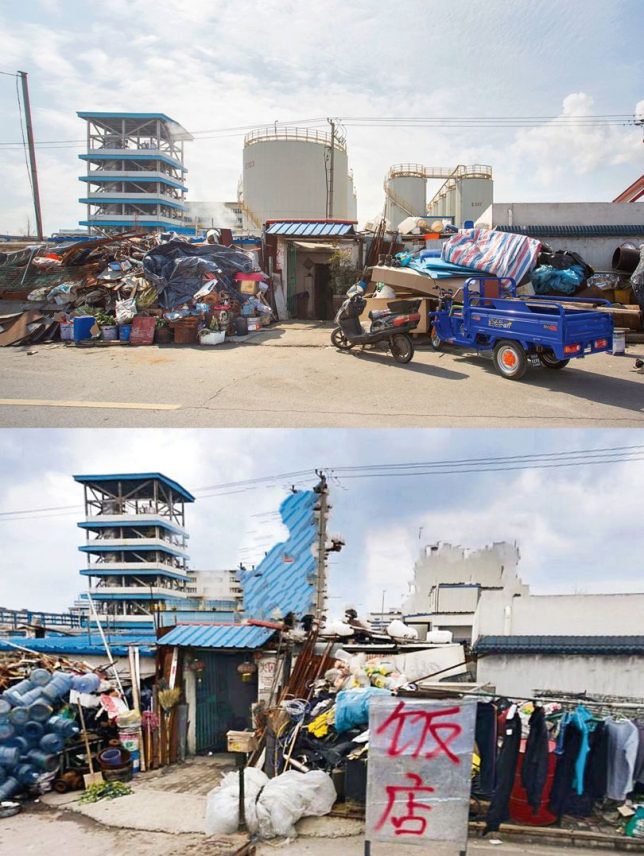





You must be logged in to post a comment.